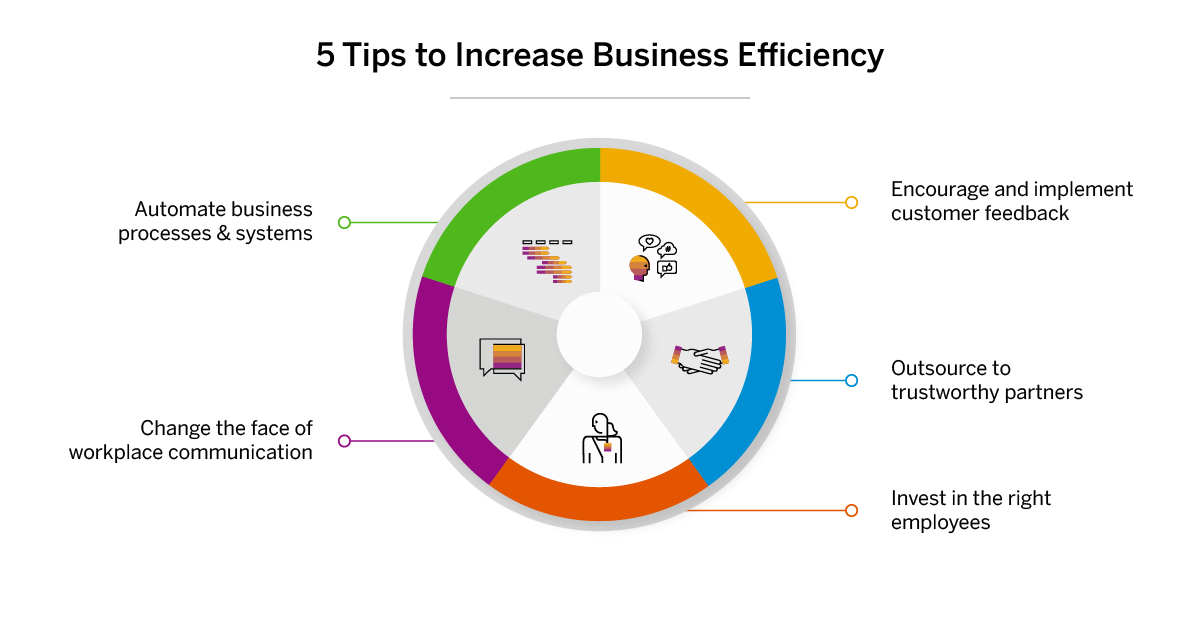
Business Software Selection Tips to Advance Your Efficiency
In today’s fast-paced business environment, the adoption of the right software tools can be a pivotal factor in steering your enterprise towards greater efficiency and success. Whether you’re running a startup or managing a well-established business, selecting the right software solutions is no small feat. It requires careful thought, a clear understanding of your business needs, and a strategy to integrate technology seamlessly with your operations.
With this guide, our aim is to provide actionable tips for choosing business software that not only fits your current needs but also scales as your business grows.
1. Understand Your Business Requirements
First and foremost, identifying the unique requirements of your business is crucial before shortlisting any software options. Think beyond the basic functionalities – consider the specific processes you want to streamline and the goals you aim to achieve. Do you need a tool for managing customer relationships, automating accounting tasks, or enhancing project management? Make sure to involve stakeholders from different departments in this discussion, as this will help in understanding the diverse needs of your entire business.
2. Prioritize Ease of Use
The simplicity and intuitiveness of a software solution cannot be overstated. No matter how powerful a tool is, if your team cannot use it without a steep learning curve, it will not contribute effectively to your business efficiency. Search for software that boasts a user-friendly interface and clear, accessible features. This ensures that everyone on your team, irrespective of their technical expertise, can benefit from the software, thus boosting overall productivity.
3. Look for Scalability
Your business is an evolving entity, and the software you choose should be able to grow with it. It’s important to select software that’s not just a fit for today but can also accommodate future expansion. Check to see if the software can handle an increasing number of users, more complex data sets, or if it can integrate with other tools you may need down the line. Scalability also means the ability to upgrade or downgrade features as required, giving you the flexibility to adapt to changing business landscapes.
4. Consider Integration Capabilities
No tool is an island – or, at least, it shouldn’t be. In order for your business to run like a well-oiled machine, your software solutions need to work together seamlessly. Check if the potential software can integrate with the other tools and systems you are currently using. Integration reduces data silos, enables smoother workflow across departments, and saves valuable time that might otherwise be lost to manual data entry and transfer.
5. Examine the Support and Training Services
The availability of reliable support services is an essential factor to consider when adopting new software. Investigate the level of support provided by the vendor. Do they offer 24/7 support, have an active community forum, or provide regular updates and maintenance? Additionally, evaluate the training resources available – are there tutorials, webinars, or in-person training sessions to help your team become proficient with the software? A vendor that invests in customer success is more likely to be a partner in your efficiency journey.
6. Check for Customization
Even though off-the-shelf software solutions are designed to satisfy the needs of a broad audience, every business has its unique quirks and requirements. Therefore, seek out software that allows for a certain degree of customization. This way, you can tweak and tailor the software to fit the specific needs of your business without creating a patchwork of disconnected tools.
7. Evaluate the Total Cost of Ownership
While considering any new software, it’s important to look beyond the initial price tag. The Total Cost of Ownership (TCO) includes all costs associated with purchasing, implementing, and maintaining the software over time. Remember to account for any additional fees for customization, upgrades, training, and support. A solution that seems economical at first glance may prove costly in the long run if it incurs high ongoing costs.
8. Assess Security Features
In an age where cybersecurity threats loom large, the importance of robust security features in business software cannot be ignored. Ensure the options you’re considering have strong security protocols in place to protect sensitive data. Look for features such as data encryption, secure login processes, and regular security updates. In addition, verify that the software complies with industry data protection standards and regulations that apply to your business sector.
9. Read Reviews and Ask for References
Independent reviews and customer testimonials can provide valuable insights into the real-world performance of the software. Consider the experiences of businesses similar to yours and pay attention to how the software has impacted their efficiency and operations. You can also directly request references or case studies from the software providers to gain a better understanding of how their solutions have been executed in practice.
10. Take Advantage of Free Trials and Demos
Before making a final decision, take the software for a test drive. Most credible providers offer free trials or live demos. This allows you to get hands-on experience with the features and usability of the software. During this trial period, engage as many team members as possible and gather their feedback. This will help you evaluate the practicality and effectiveness of the solution in the context of your own business processes.
Conclusion

Selecting the right business software is a strategic decision that can significantly impact your operational efficiency and long-term growth. By carefully considering your business needs, involving your team in the evaluation process, and methodically vetting your options, you can make a selection that not only meets your current requirements but also supports your company’s future endeavors. Remember, the software you choose is more than just a tool; it’s the bedrock upon which your business processes are built and optimized. Therefore, take the time to get it right, and you’ll be setting your business up for sustained productivity and success.